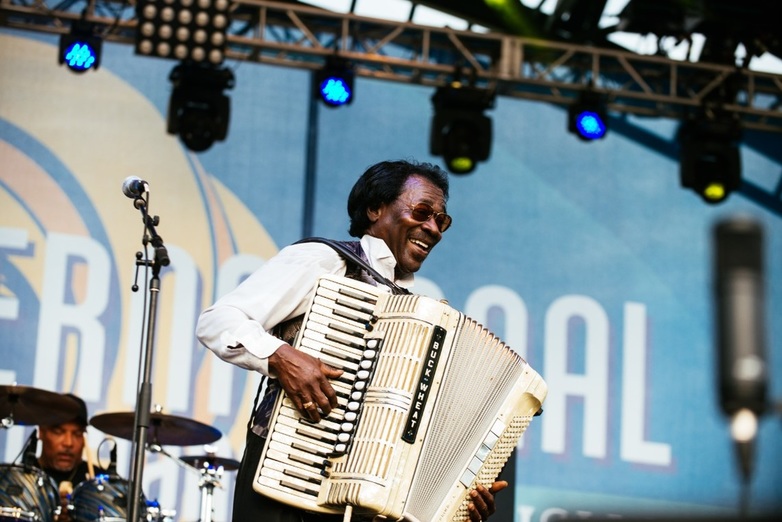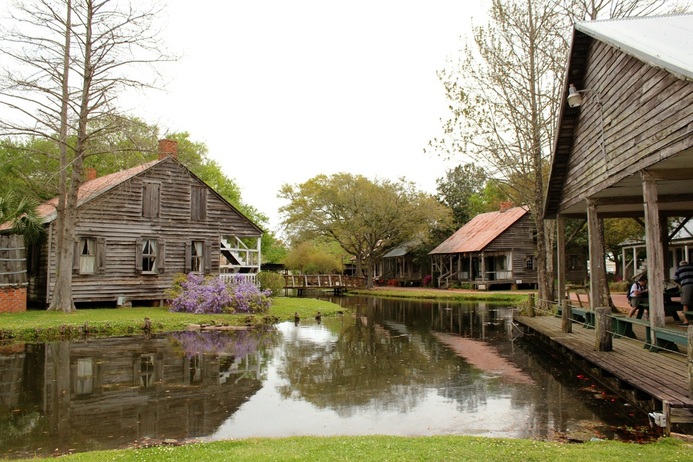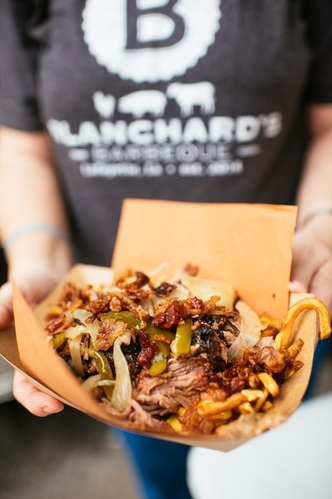Lafayette
The Cajun Epicenter of Louisiana
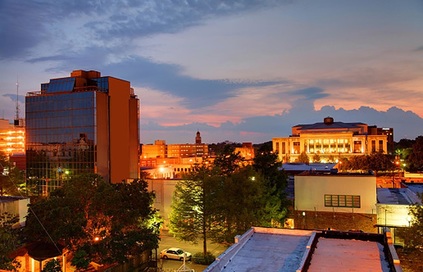
Downtown Lafayette
The American city was founded as Vermilionville in 1821 by Jean Mouton, a French-speaking man of Acadian descent. In 1884, it was renamed for General Lafayette, who fought with and significantly aided the American Army during the American Revolutionary War. The city's economy was primarily based on agriculture until the 1940s, when the petroleum and natural gas industries became dominant.
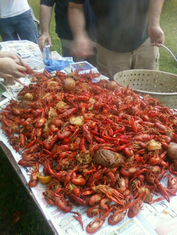
Lafayette is considered the center of Acadiana, the area of Cajun and Creole culture in Louisiana and the United States. It developed following the relocation of Acadians after their expulsion by the British from eastern Canada in the late 18th century following France's defeat in the Seven Years' War. While ethnically Cajun and Creole people can be found all over central and southern Louisiana, Lafayette is the home of many of Louisiana's efforts to preserve and develop the French language as well as the force behind much of the political will to hold tight to Louisiana's unique heritage.
Lafayette is the annual host for Festival International de Louisiane, the largest International music and arts festival in the United States with a special emphasis on the connection between Acadiana and the Francophone world. With over 300,000 festival goers every year, the annual festival features musical performances by artists from over 20 countries along with workshops, exhibits, visual art, theater and other forms of performance arts. The 5-day festival is held in April transforming downtown Lafayette, Louisiana into an entertainment mecca.
Lafayette is the annual host for Festival International de Louisiane, the largest International music and arts festival in the United States with a special emphasis on the connection between Acadiana and the Francophone world. With over 300,000 festival goers every year, the annual festival features musical performances by artists from over 20 countries along with workshops, exhibits, visual art, theater and other forms of performance arts. The 5-day festival is held in April transforming downtown Lafayette, Louisiana into an entertainment mecca.
Historic Vermilionville
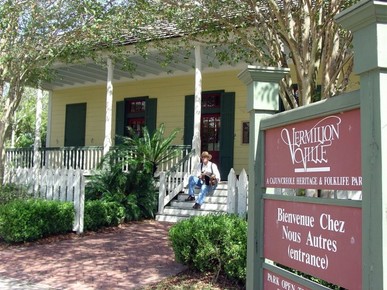
Entrance to Vermilionville Historic Village
The Vermilionville Living History Museum and Folklife Park is one of the world's largest physical representations of an early Acadian settlement using original structures dating from 17675 to 1890. Visitors are transported back in time with the historic park’s attractions, including seven restored original homes sitting on a 23-acre site housing local artisans demonstrating a variety of essential crafts performed by the early settlers.
A day spent experiencing all that Historic Vermilionville has to offer is a cornerstone of any ALCFES experience in Lafayette. Students learn about the history of the early days of life in Louisiana and are able to speak with historical experts, often in French, and other re-enactors who demonstrate much of the way of life during that time period.
A day spent experiencing all that Historic Vermilionville has to offer is a cornerstone of any ALCFES experience in Lafayette. Students learn about the history of the early days of life in Louisiana and are able to speak with historical experts, often in French, and other re-enactors who demonstrate much of the way of life during that time period.
Lafayette Today
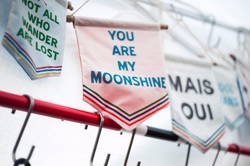
Flags at Festival International
The city of Lafayette is the fourth-largest in the state, with a population of 120,623 in 2010. It is the principal city of the Lafayette, Louisiana Metropolitan Statistical Area, and also the larger, Combined Statistical Area of Lafayette-Opelousas-Morgan City CSA with a population of 611,774 in 2012.
The people of Lafayette are spirited and lively with a love of good food, good talk, and good people. A trip to this remarkable historic city will leave the traveler with a sense that the richness of Louisiana depicted in films and books is even more complex and more profound in real life.
